
6 minute read
Great balls of protein: CSIRO turns red meat into nutritious powder
Australia’s national science agency, CSIRO, is adding value to the beef sector, turning red meat into a highly nutritious powder to give an allergen-free protein boost to snacks and beverages, targeting a $3.8 billion health and wellness market opportunity.
Taste testings of the innovation are on offer at Beef 2024 in Rockhampton this week, as CSIRO unveils its Just Meat protein powder which can be used in products that have mostly remained elusive to the meat sector.
The powder’s nutritional and allergen-free profle sets it apart from other protein powders on the market so it can appeal to a wide audience in products ranging from protein balls and shakes to energy drinks.
The powder has the potential to grow Australia’s $75.4 billion red meat industry, by capturing more value from a greater percentage of the carcase.
Dr Aarti Tobin, animal protein lead for CSIRO’s Future Protein Mission, said the powder can be used as-is or as an ingredient in a wide range of products.
“The advantage of a meat-based protein is that it naturally contains all essential amino acids, as well as high iron, zinc and magnesium,” Dr Tobin said.
“It’s mild in favour and highly soluble so we’ve easily added it to snacks like sweet protein balls in our product development kitchen, with promising results to take to product trials.
“We’re looking at new protein products to meet changing consumer preferences and which will play a big role in feeding a growing world population that’s set to reach 9.7 billion by 2050.”

The protein powder supports food security by delivering meat’s nutritional benefts to remote locations or in disaster relief by overcoming refrigeration and transportation hurdles.
Meat & Livestock Australia (MLA) is an investor and collaborator in the product’s development.
MLA Group Manager Science and Innovation, Michael Lee said the product’s versatility demonstrated its potential to capitalise on market demand for red meat globally.
“There is a growing global demand for convenient and nutritious food as the world’s population increases,” Mr Lee said.
“Products like this meat protein powder can help to cater to this demand by providing a shelf-stable, easily transportable and versatile source of protein.
“By converting meat into essentially a food ingredient this also creates another revenue stream for the industry beyond our traditional meat trading options.”
CSIRO will work with commercial partners and investors to take the protein powder innovation to market.
Industry and investors can visit CSIRO at Beef 2024 or join CSIRO’s upcoming Protein Futures 2024 event.




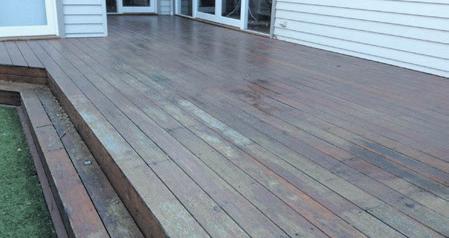

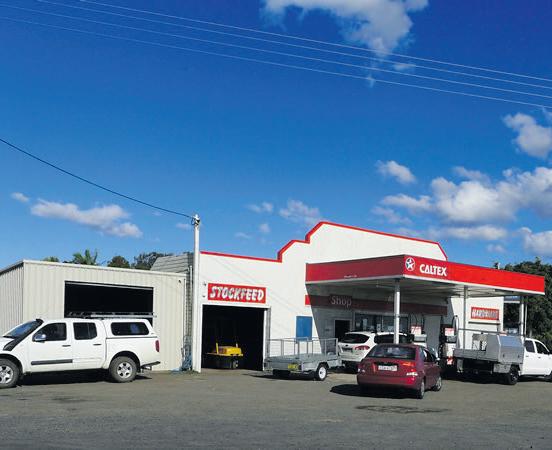


By Helen Trustum
Continuing the story written by Robert Leycester Dawson on “Bentley Homestead”.
Arthur and I took up bush work on Bentley, splitting, fencing, cattle hunting, horse breaking and all the hundred and one jobs which crop up upon a property. About the end of 1878 we began in a small way to make a little money out of cedar having got to-gether a team of bullocks broken in by ourselves from home-bred steers with the aid of a bought pair of “leaders”. We cut the cedar from brushes with two or three miles of the homestead and took it for sale to deep water on Leycester’s Creek near Tunstall. Our frst cedar money we decided to invest in a piano, we had about forty pounds. Our mother always wanted a piano. Musical visitors frequently came to Bentley and there was no instrument with which to entertain them or to be entertained. Palings in Sydney quoted a good price for a secondhand piano a ”Kirkman” at 50 pounds and father agreed to supply the balance of the money required. In due course, word came that the piano had arrived at the Irvington Wharf, near Casino and Arthur went with six bullocks and the dray to bring it home. We unloaded it, with Jim Cowell’s help and placed it in the skillion, then the living room. We all stood around and it was a tense moment when our mother unlocked it and with tears in her eyes reverently ran her fngers over the keys. Never was there a better investment judged by the great many years of entertainment which that staunch old instrument provided. Additional free selections were taken up year by year and added to original holdings. Arthur took up about 350 acres on north side of Back Creek under Queenbah Mountain thus giving the estate a double frontage to permanent water. I took up land to the westward and later, an additional block of about 300 acres which extended the property nearly to Saville’s One Tree Farm. By 1885, Bentley had become a fne and fertile property of about 2,200 acres. It was subdivided into ten paddocks not counting the gardens, orchards or cultivation ground where maize, pumpkins etc were grown. The paddocks were known as the Home, Five Acre, Front, Arthur’s of Queenbah, the Creek, the Big Plain, the Mountain, Cowanbah and the Dam paddock. The latter, about 25 acres, was cut off from the main property in 1878 by a Lismore Road deviation over Naughtons Gap. In one day the two Dawsons and three Lamottes constructed a very serviceable stockade dam which held water for many years to come. For about 15 years from 1877 onwards Bentley was mostly used as a cattle fattening property. “Store” cattle were bought and in due course sold to butchers as “fats” about 2 pound a head proft. We also bred half-draught horses which were unbroken then sold for the Brisbane market at 10 to 12 pounds per head. We raised some crops for home use but none for sale. It may be reasonably be a cause for wonder why Bentley did not pay and why, eventually, it had to be sold to satisfy, or liquidate, the bank overdraft. Let me try to explain as well as I can possibly can.


My father began Bentley with no capital beyond his offcial income. As far back as 1857 he was always in debt. He spent a lot of money at Kirkconnel, improving another person’s property and for some years after leaving there as Crown Lands Commissioner for the Northern Rivers and New England he seems to have been always paying off debts.

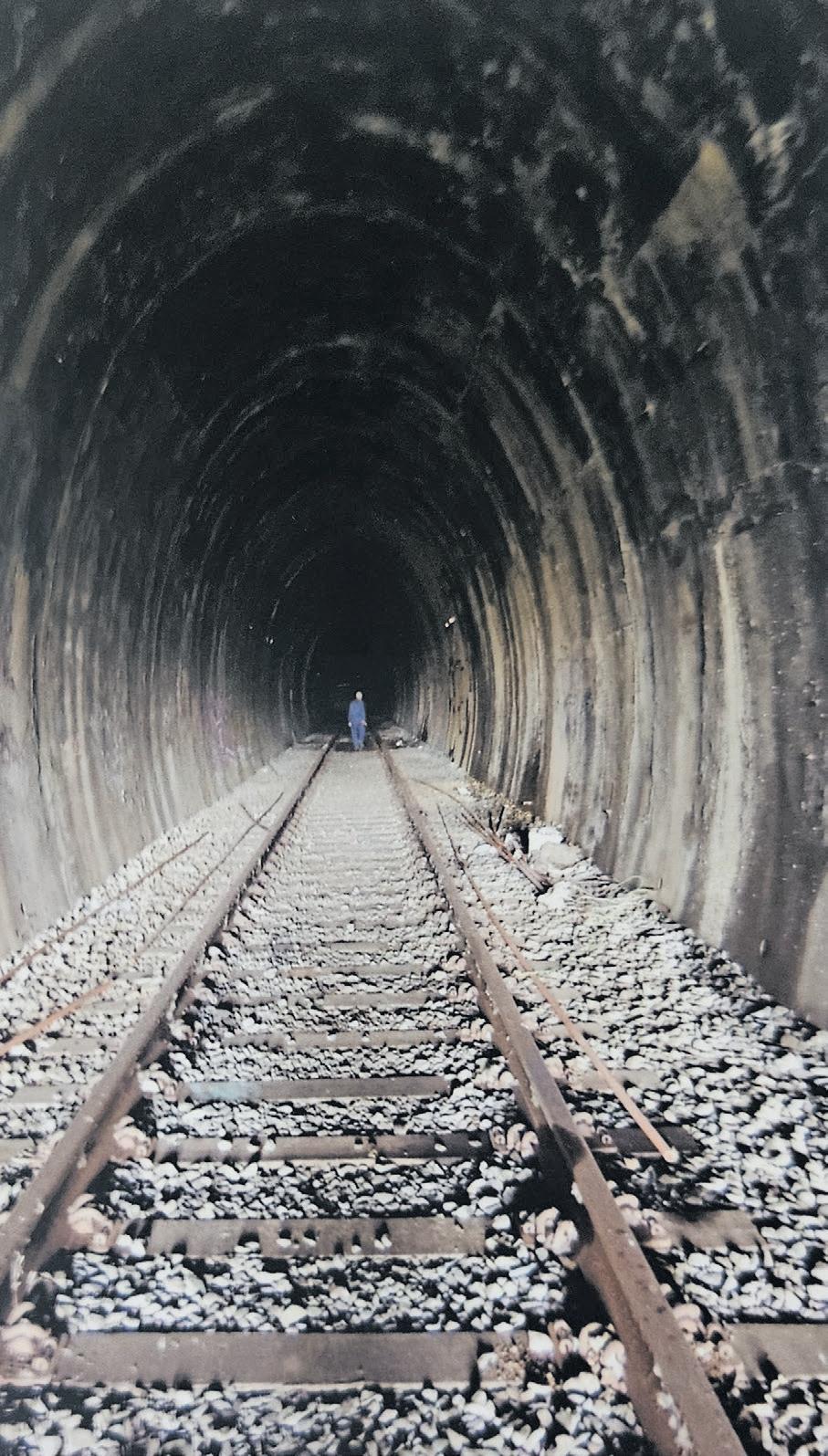
He was of a highly optimistic temperament and neither debt nor any other diffculty seemed to worry him. My father had a strange facility for spending money in experiments and (often) useless things and not absolute necessities and he was inclined to be lavish in giving and entertaining visitors. Having started at Bentley with little or no capital it is obvious that his offcial income would not pay all the costs of keeping a family and taking up more land. He had a vision and foresaw a future and great prosperity of the Richmond and was always anxious to acquire as much land as possible.
After 1886 the bad times began which culminated in the bank smashes early in 1892.
My father died January 19th 1891. In June 1891 I got my appointment as Roads Overseer under Mr Arthur Gracie at Casino for 12/- per day and travelling expenses,
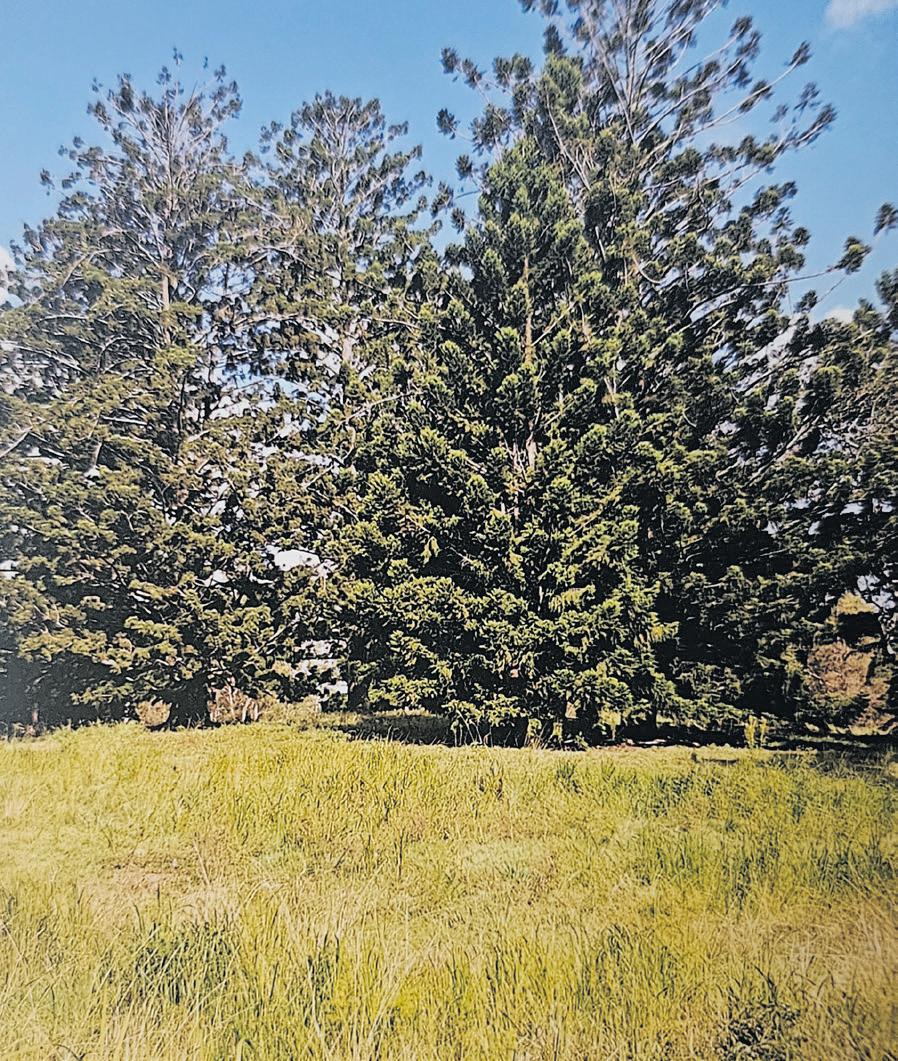
By Helen Trustum

a veritable God-send. My brother carried on as best he could at Bentley and my mother went to Sydney to live with the Lamottes at Glebe. But then the overdraft on Bentley was so heavy that redemption from the bank grip was impossible. The prices of cattle had fallen to 30/- per head, four pound for fat bullocks and it was not so easy to sell at those low prices. Horses were almost worthless and could scarcely be sold at any price. The result was that the bank foreclosed on October 21st 1892 and sold Bentley to the Edwards Family for £5,325/15/- which was apparently, exactly the amount of the overdraft including interest to that date. Certain it is that the Dawson Family did not get one copper out of the sale.
Years afterwards, about 1913 I met Donald Shannon in Sydney and he said to me, “It’s a pity you couldn’t have hung on to Bentley for another twelve years, you could have got £20,000 for it”. Regrets are useless, of course, but this confrms my father’s frm opinion that in Bentley, he had acquired what must have become a very valuable property, but it did so a little too late to beneft him or his family. I have often thought it was merciful that he died before the bank foreclosed for that event would have broken his heart.
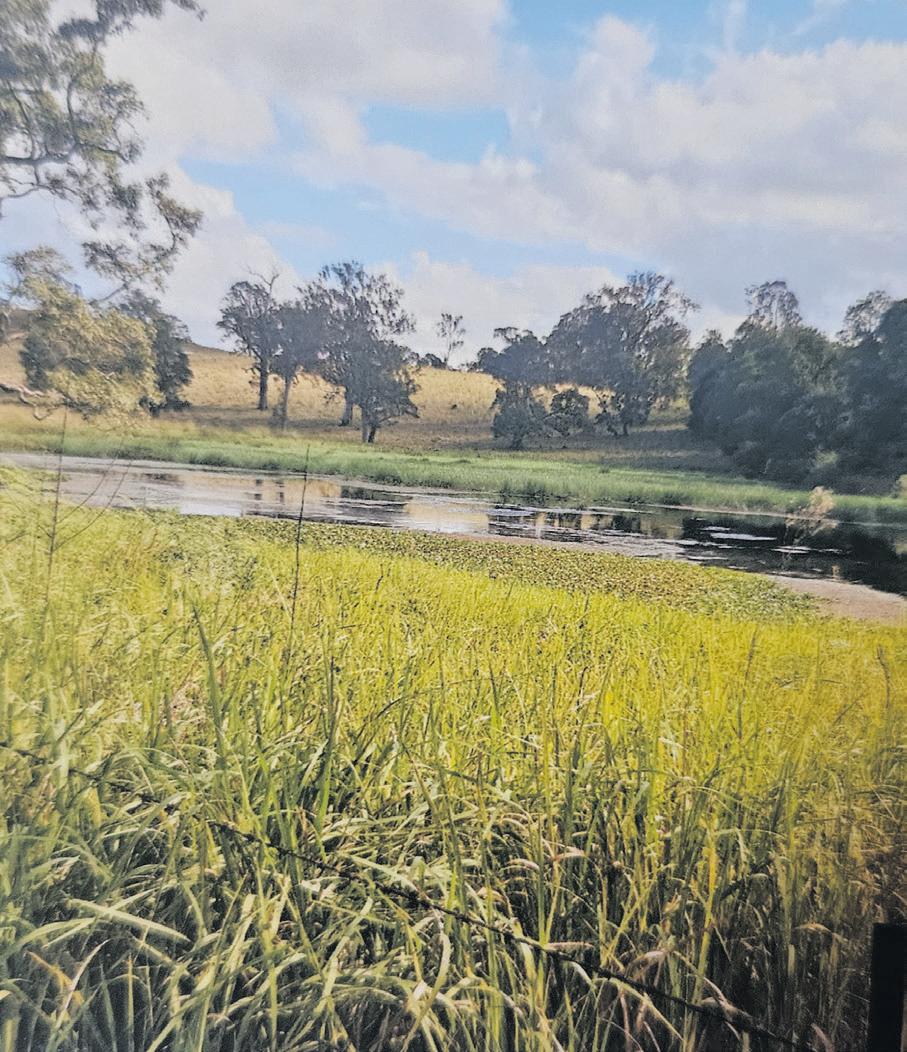
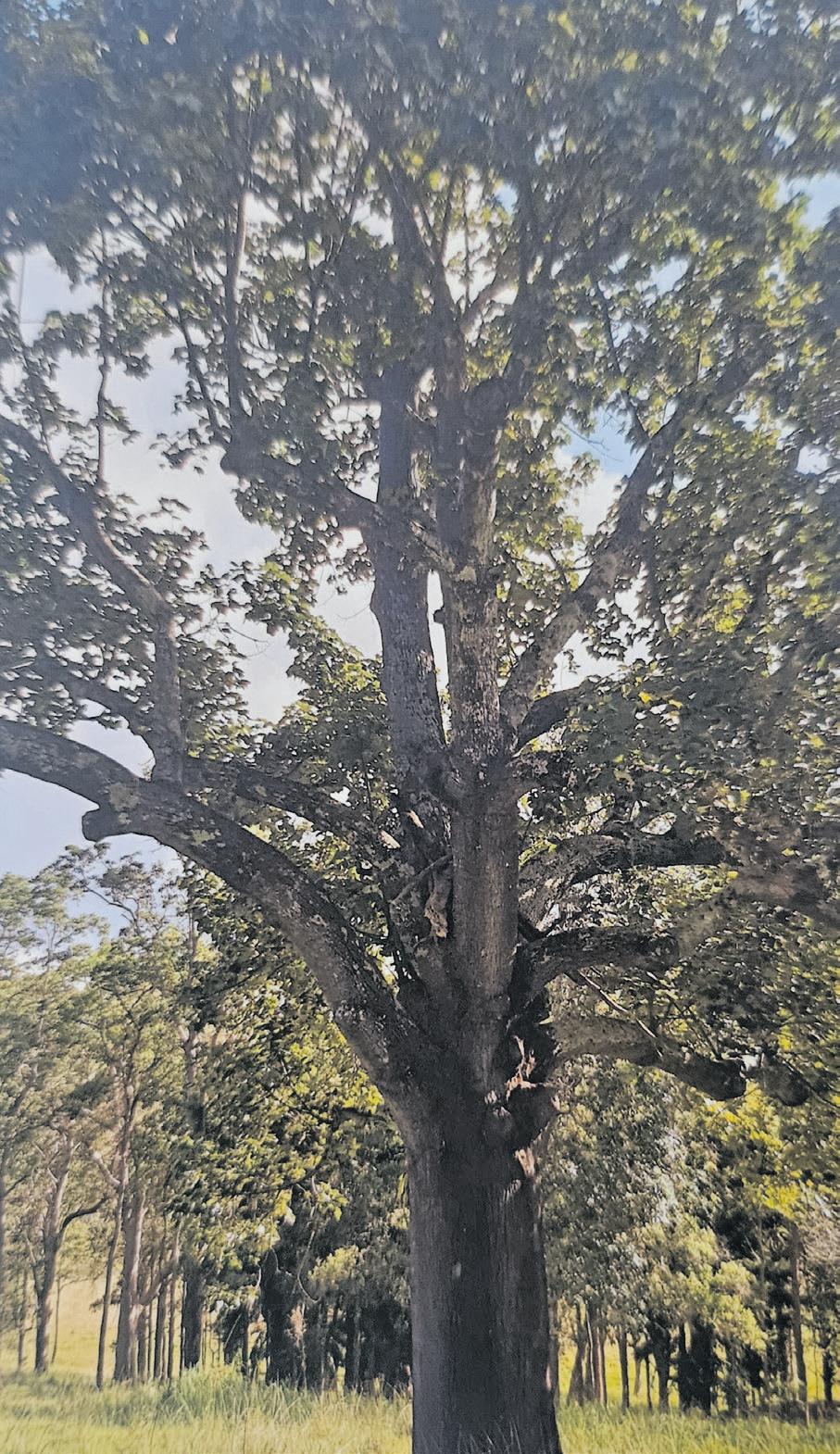
In conclusion let me add that writing this brief sketch describing the origin of Bentley on the Richmond, for the information of the descendants of the original proprietor has been an interest and a pleasure to me. The name will live perhaps for all time. There is an offcial Post Offce called Bentley and a railway siding of the same name not far from the original homestead.
Ref: History of Bentley – Robert Leycester Dawson – Held at the Richmond River Historical Society.










